For Bob Wilms, 69, it was a November morning like any other: He had played 18 holes of golf and then went home to watch the 49ers game at his home in Cupertino.
But when he woke up from a brief nap during the game, he experienced double vision and one side of his face was numb.
His wife, Vickie, immediately drove him to the Kaiser Permanente Santa Clara Medical Center Emergency Department. After being evaluated by neurologist Kevin Sawchuk, MD, by video conferencing, Wilms received a shot of alteplase, the only medication approved by the U.S. Food and Drug Administration to treat acute ischemic stroke. This all happened 22 minutes after Wilms arrived at the hospital.
“Within about 20 minutes of getting the infusion, everything started to come back,” said Wilms, a retired college admissions officer. “It just literally resolved the whole thing.”
Faster than the National Average
Wilms had such a fast recovery due to Kaiser Permanente Northern California’s adoption of an integrated telemedicine program, Stroke EXPRESS (EXpediting the PRocess of Evaluating and Stopping Stroke), which delivers clot-busting medication to new stroke patients more than twice as fast as the national average.
The successful implementation of a standardized treatment protocol and telemedicine in a large, integrated health care system dramatically speeded up treatment for stroke patients at all 21 Kaiser Permanente community hospitals in Northern California, according to a study published Dec. 15 in Stroke journal.
“When a stroke happens, minutes matter,” said lead author Mai Nguyen-Huynh, MD, MAS, vascular neurologist and research scientist with the Kaiser Permanente Division of Research. “Faster treatment with alteplase, which dissolves the stroke-causing clot and restores blood flow to the brain, is strongly associated with better functional outcomes for stroke patients.”
“Door-to-needle times” for alteplase (also known as intravenous r-tPA) averaged just 34 minutes within 9 months of implementing Stroke EXPRESS in each of of Kaiser Permanente’s Northern California hospitals, according to the study.
American Heart Association and American Stroke Association guidelines recommend door-to-needle times of 60 minutes or less for alteplase. Studies show that less than 30 percent of acute ischemic patients in the United States are currently being treated within this window. But the new study in Stroke shows that across the Kaiser Permanente Northern California region, 87 percent of stroke patients were being treated in 60 minutes or less, 73 percent in 45 minutes or less, and 41 percent in under 30 minutes.
Why the Stroke EXPRESS Program Works
The Stroke EXPRESS success stems from a treatment program that happens in tandem so no single step can delay the delivery of the medication.
First, paramedics provide advance notification that a stroke patient may be on the way. Emergency department staff align their efforts; a stroke neurologist meets the patient upon arrival to coordinate the entire stroke alert; pharmacy staff prepare clot-busting medications early so they’re ready to go when the patient needs them; an on-call stroke EXPRESS neurologist uses videoconferencing to examine the patient, using a telestroke cart, which includes a video camera and link to test results and electronic medical records; a radiologist reads neuroimaging studies immediately; and the stroke alert team reviews a checklist to ensure alteplase can be administered safely.
“Processes that used to happen sequentially during a stroke alert, one after another, are now happening at the same time, allowing us to quickly, safely, and confidently provide evaluation and treatment with alteplase to stroke patients who can benefit,” said study co-author Jeffrey Klingman, MD, chair of chiefs of neurology for Kaiser Permanente Northern California.
‘Like Watching an Orchestra’
After being in the hospital for 4 days so the staff could closely monitor his recovery, Wilms and wife Vickie were given the all clear to go home.
Wilms now plays golf every day and hikes as if “nothing ever happened.”
“Thanks to the folks at Kaiser Permanente, I’m still alive,” said Wilms.
Vickie also commented on her husband’s excellent care.
“Even though I was in shock, it was an incredible experience to watch. All the staff that assisted him were so synchronized and knew exactly what to do. It was like watching an orchestra. Everyone knew the steps to take to save my husband’s life.”
Learn more about the Stroke EXPRESS program and read the Kaiser Permanente Division of Research blog, Spotlight.
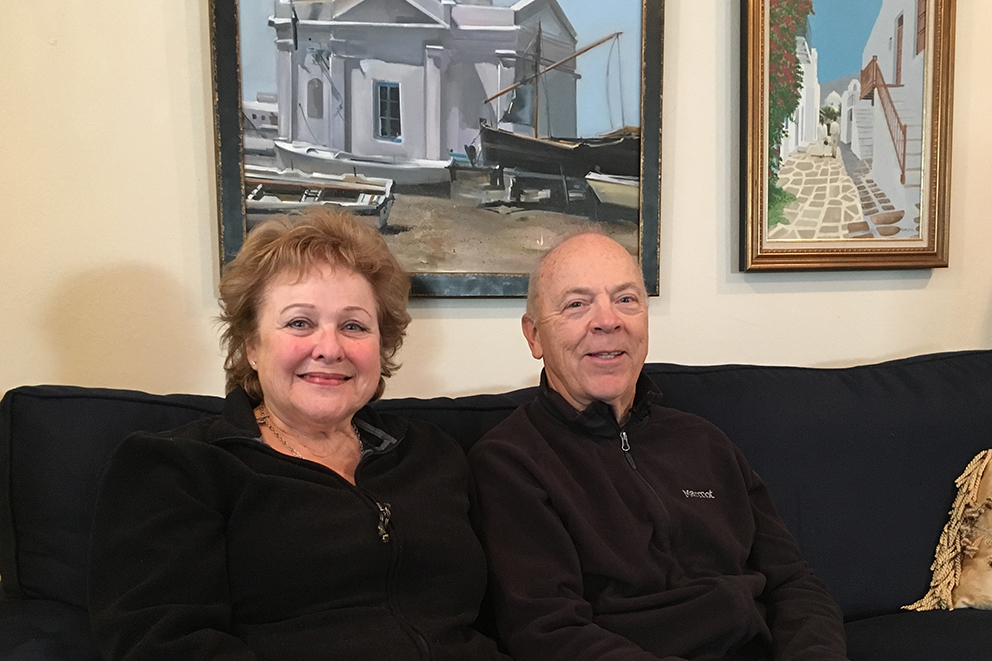
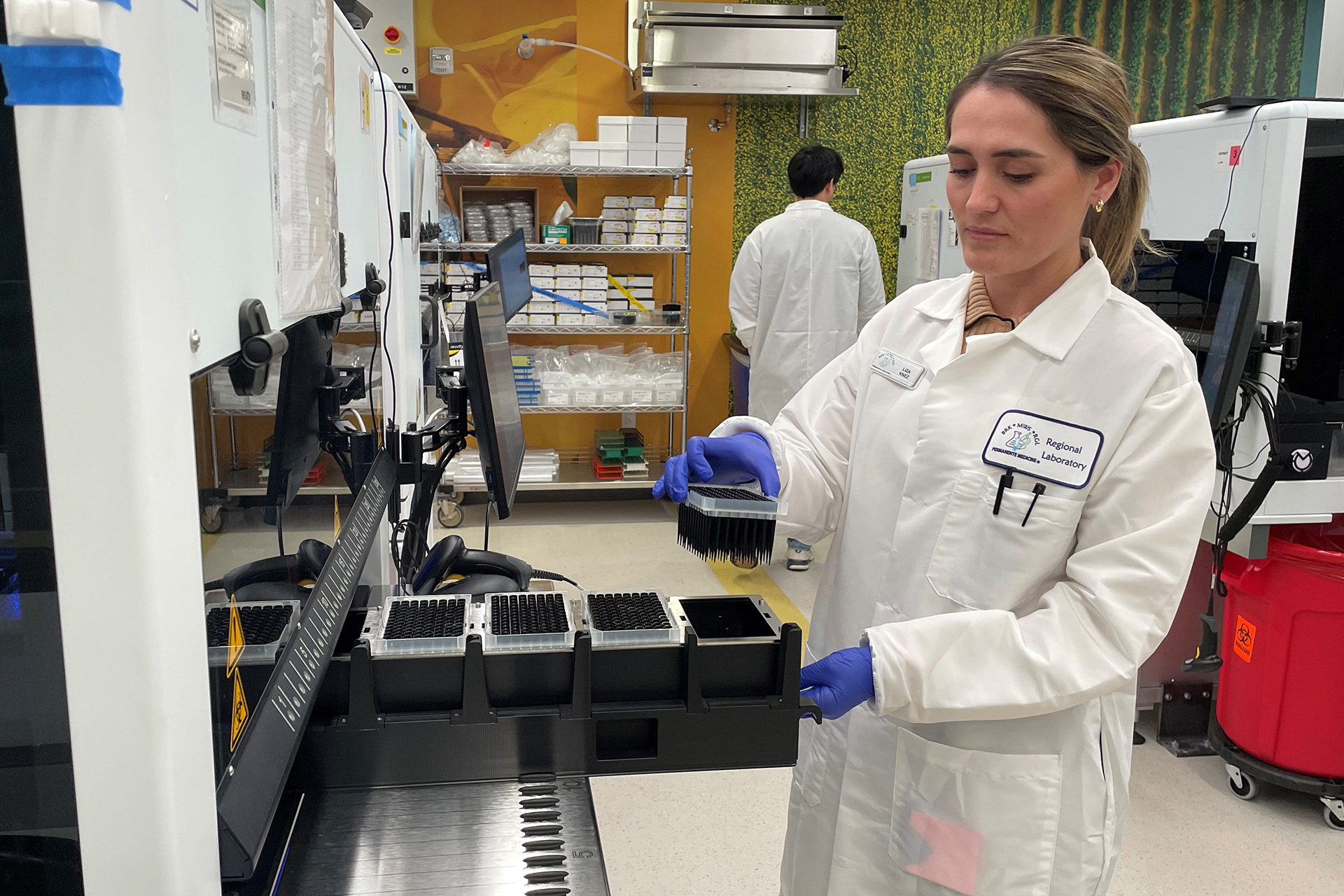
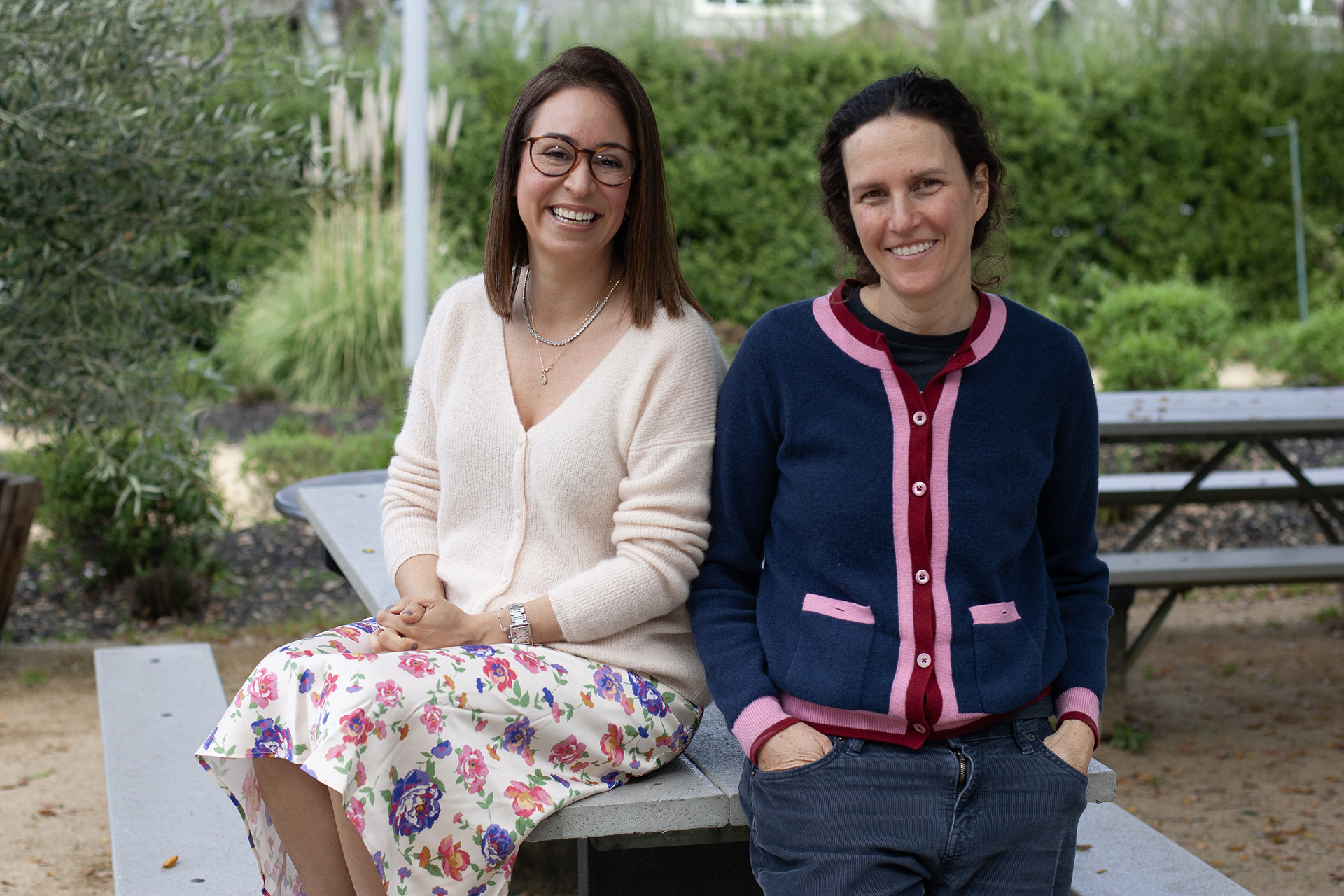
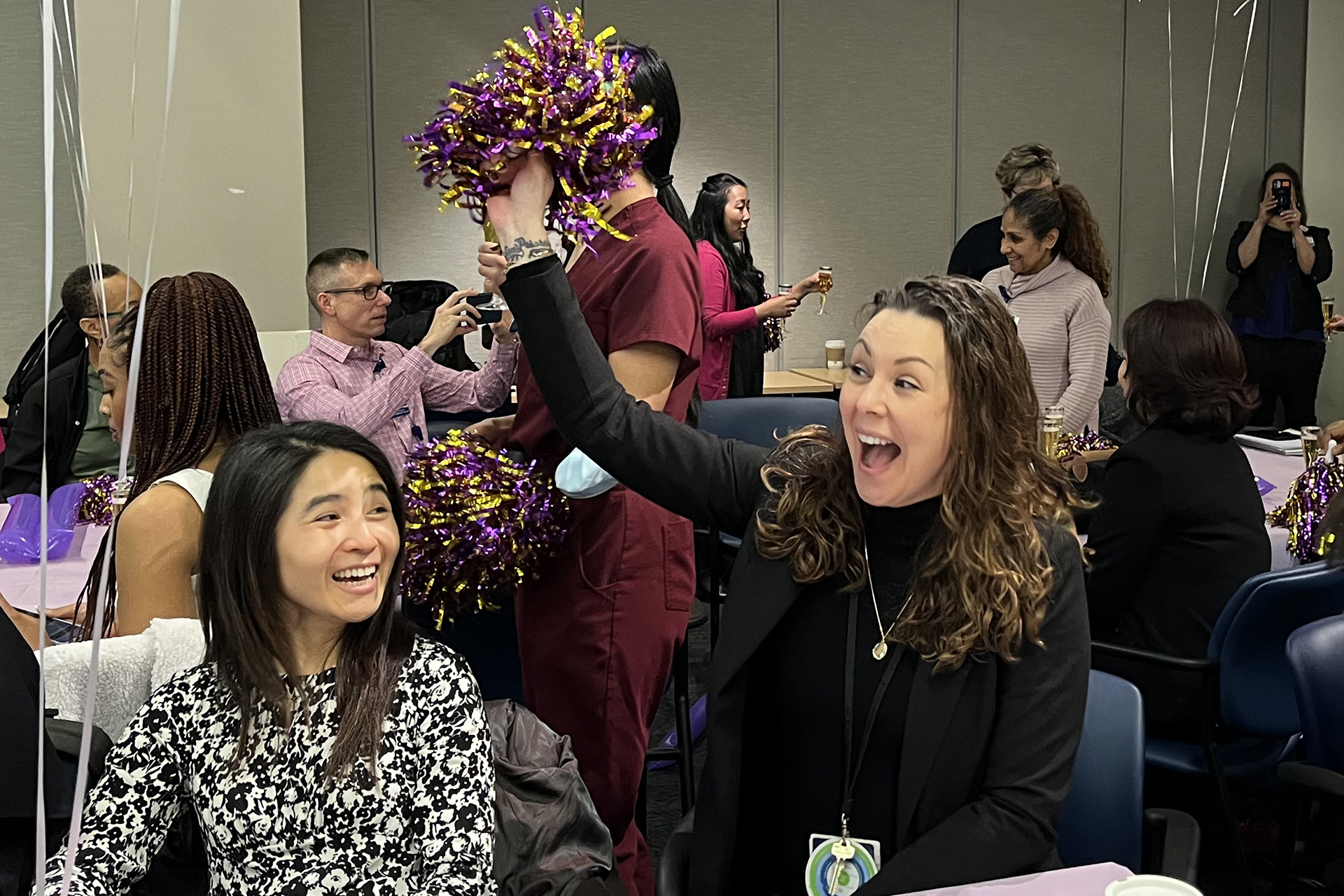
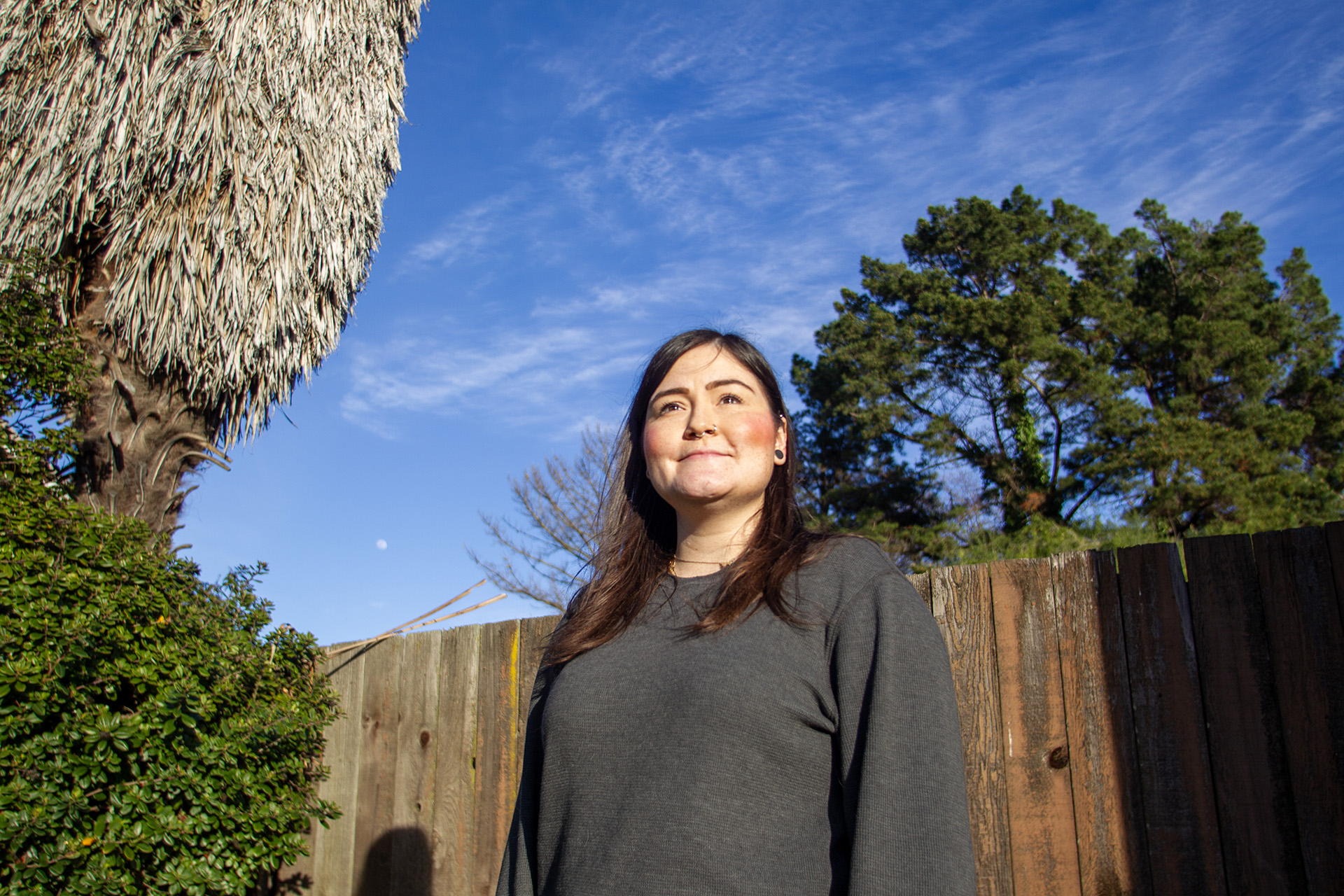
This Post Has 2 Comments
I am so glad things turned out well for Wilms! Now, how do we get this same protocol implemented in every medical center across the US?
That’s awesome to hear that!!!!! That is exactly what happened to me, except I was 38 years old at the time. I am very grateful for the Call Center RN who advised me to call 911 instead of driving to the hospital. The stroke team restored my health to the point that I am able to work full time, take care of my family, and enjoy life. Also, I became a KP employee not long after the stroke. That was 9 years ago. Thank you all for everything. I am forever grateful to all the Stroke Team members, you are the best!!!